India Looks To Dramatically Expand Defence Ties With US
)
The President of the United States of America, The Honorable Donald J. Trump hosted the Prime Minister of India, Shri Narendra Modi for an Official Working Visit in Washington, DC on February 13, 2025.
As the leaders of sovereign and vibrant democracies that value freedom, the rule of law, human rights, and pluralism, President Trump and Prime Minister Modi reaffirmed the strength of the India-U.S. Comprehensive Global Strategic Partnership, anchored in mutual trust, shared interests, goodwill and robust engagement of their citizens.
Today, President Trump and Prime Minister Modi launched a new initiative – the “U.S.-India COMPACT (Catalyzing Opportunities for Military Partnership, Accelerated Commerce & Technology) for the 21st Century” – to drive transformative change across key pillars of cooperation. Under this initiative, they committed to a results-driven agenda with initial outcomes this year to demonstrate the level of trust for a mutually beneficial partnership.
Defense
1. Highlighting the deepening convergence of U.S.-India strategic interests, the leaders reaffirmed their unwavering commitment to a dynamic defense partnership spanning multiple domains. To advance defense ties further, the leaders announced plans to sign this year a new ten-year Framework for the U.S.-India Major Defense Partnership in the 21st Century.
2. The leaders welcomed the significant integration of U.S.-origin defense items into India’s inventory to date, including C‑130J Super Hercules, C‑17 Globemaster III, P‑8I Poseidon aircraft; CH‑47F Chinooks, MH‑60R Seahawks, and AH‑64E Apaches; Harpoon anti-ship missiles; M777 howitzers; and MQ‑9Bs. The leaders determined that the U.S. would expand defense sales and co-production with India to strengthen interoperability and defense industrial cooperation. They announced plans to pursue this year new procurements and co-production arrangements for “Javelin” Anti-Tank Guided Missiles and “Stryker” Infantry Combat Vehicles in India to rapidly meet India’s defense requirements. They also expect completion of procurement for six additional P-8I Maritime Patrol aircraft to enhance India’s maritime surveillance reach in the Indian Ocean Region following agreement on sale terms.
3. Recognizing that India is a Major Defense Partner with Strategic Trade Authorization-1 (STA‑1) authorization and a key Quad partner, the U.S. and India will review their respective arms transfer regulations, including International Traffic in Arms Regulations (ITAR), in order to streamline defense trade, technology exchange and maintenance, spare supplies and in-country repair and overhaul of U.S.-provided defense systems. The leaders also called for opening negotiations this year for a Reciprocal Defense Procurement (RDP) agreement to better align their procurement systems and enable the reciprocal supply of defense goods and services. The leaders pledged to accelerate defense technology cooperation across space, air defense, missile, maritime and undersea technologies, with the U.S. announcing a review of its policy on releasing fifth generation fighters and undersea systems to India.
4. Building on the U.S.-India Roadmap for Defense Industrial Cooperation and recognizing the rising importance of autonomous systems, the leaders announced a new initiative – the Autonomous Systems Industry Alliance (ASIA) – to scale industry partnerships and production in the Indo-Pacific. The leaders welcomed a new partnership between Anduril Industries and Mahindra Group on advanced autonomous technologies to co-develop and co-produce state-of-the-art maritime systems and advanced AI-enabled counter Unmanned Aerial System (UAS) to strengthen regional security, and between L3 Harris and Bharat Electronics for co-development of active towed array systems.
5. The leaders also pledged to elevate military cooperation across all domains – air, land, sea, space, and cyberspace – through enhanced training, exercises, and operations, incorporating the latest technologies. The leaders welcomed the forthcoming “Tiger Triumph” tri-service exercise (first inaugurated in 2019) with larger scale and complexity to be hosted in India.
6. Finally, the leaders committed to break new ground to support and sustain the overseas deployments of the U.S. and Indian militaries in the Indo-Pacific, including enhanced logistics and intelligence sharing, as well as arrangements to improve force mobility for joint humanitarian and disaster relief operations along with other exchanges and security cooperation engagements.
To read more, please click here.
